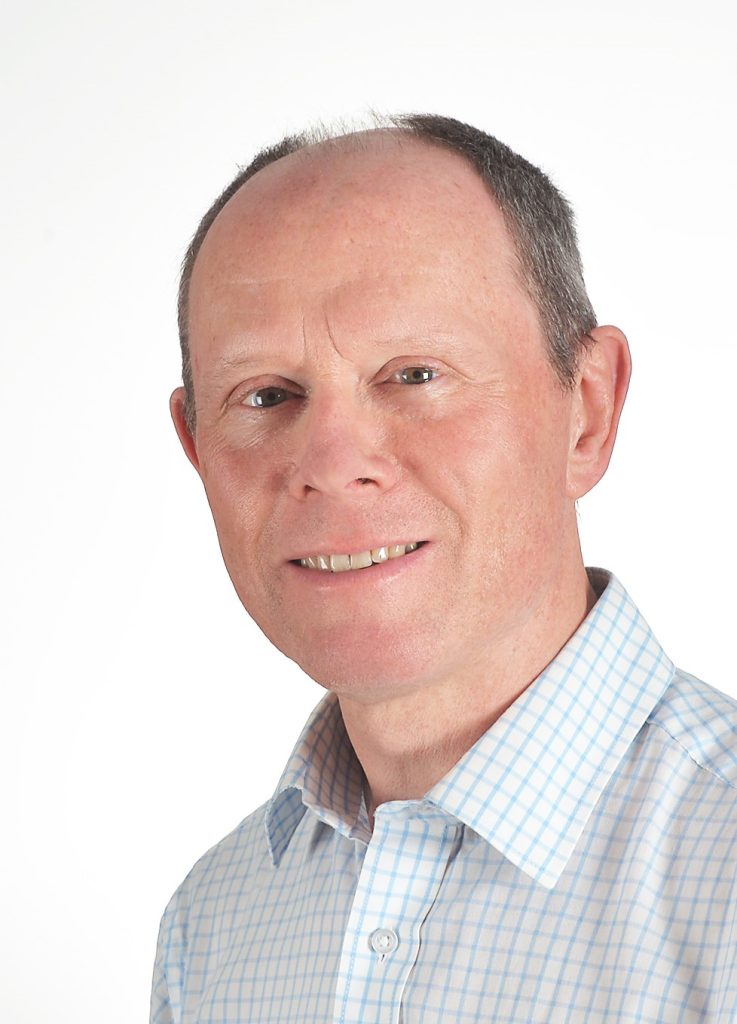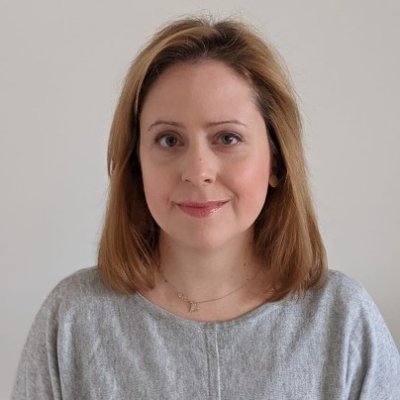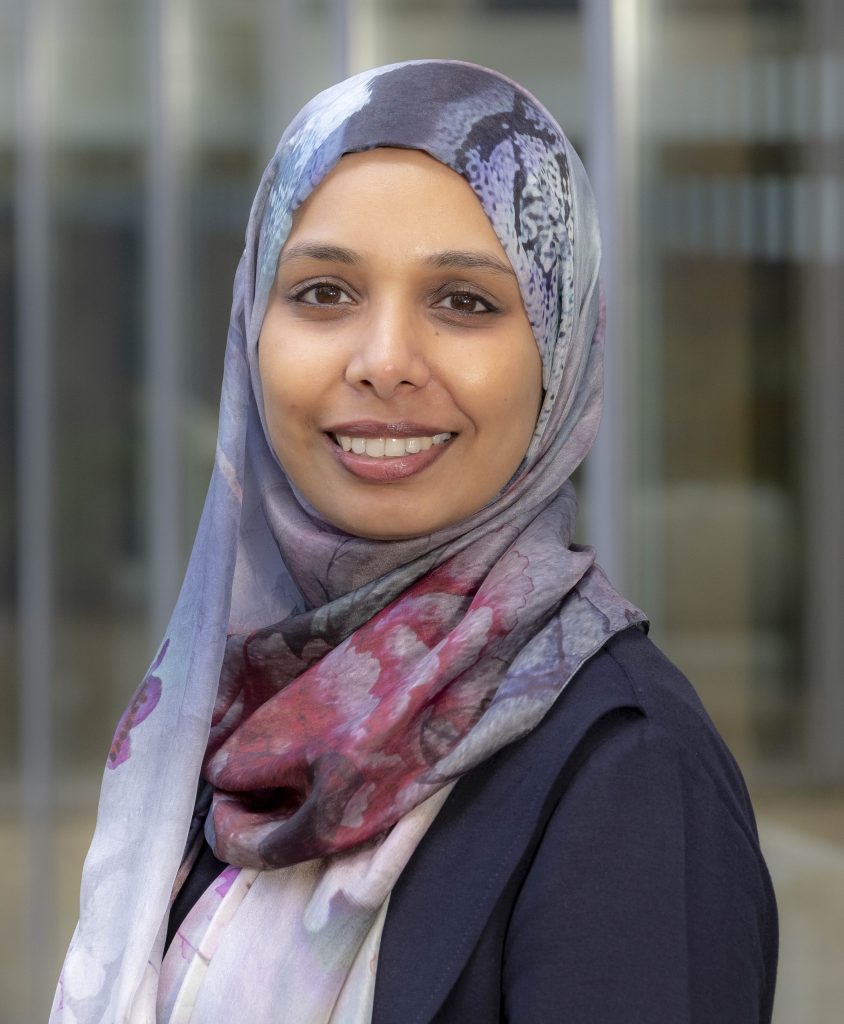“We owe it to stroke survivors and their families to be ambitious in stroke research and address the unanswered questions so that together we can save and rebuild more lives after stroke.”
- Research demand signalling - National Stroke Programme (NHS, 2022)
Stroke is a life-threatening emergency and acute services need to respond immediately and effectively. Those who survive stroke can have complex, long-term needs and require support from different disciplines including speech and language therapy, and physiotherapy.
Research can help clinicians, researchers, and commissioners identify ways to improve health and care outcomes across the care pathway for stroke. The NIHR held a webinar in October 2023 to share NIHR stroke research that could inform improvements to local services.
This Collection summarises the three studies discussed at the webinar. It covers priorities for stroke research which were identified by patients and professionals in the James Lind Alliance and reflected in the National Stroke Programme. These include increased use of thrombolysis, integrated community care and high-quality rehabilitation.
The Collection includes video clips from the speakers, plus questions raised by attendees in the webinar Q&A.
Background
Advances in research, including the development of specialist stroke units and new emergency treatments, have almost halved stroke deaths in the UK in the last two decades. Even so, stroke remains a leading cause of death and disability. The number of people living with the effects of stroke is forecast to rise to 2.1 million in the UK by 2035 with 1 in 3 left with moderate or severe disability. Similar numbers have milder disabilities.
Stroke costs the NHS and social care £8.6 billion per year, and the UK economy £16 billion per year (mostly due to work hours lost to unpaid care).
1. Machine learning identifies ways to increase thrombolysis use

“If you've been wondering what all the fuss about AI is, then, in the next few minutes I will give you a worked example of how machine learning and data science are enabling us to understand in much greater depth what's happening in a clinical setting. In particular, how we might improve the population benefit from thrombolysis”
- Martin James, Honorary Clinical Professor, University of Exeter
Thrombolysis reduces disability but most people do not receive it
For strokes caused by blood clots, thrombolysis is an effective clot-busting therapy that restores blood flow to the brain. The treatment can prevent disability but needs to be given within 4.5 hours of a stroke. Most people do not receive it. Researchers used computer modelling to show how changes to stroke management could double the number of people who benefit from thrombolysis.
The proportion of people who receive thrombolysis in England and Wales ranges from 1 in 20 (5%) in some hospitals, to 1 in 4 (24%) in others. This could be because doctors are unsure which people should receive it (thrombolysis does not work for strokes caused by a bleed on the brain, for example). Or because of differences in hospital setup, and the length of time it takes people to be assessed and scanned prior to treatment.
What can machine learning tell us about the care pathway for stroke?
At the webinar, Martin James described his team’s research using machine learning to explore patterns of recovery from stroke. They analysed audit data for almost 250,000 strokes in England, Wales and Northern Ireland between 2016 and 2018. They investigated how much of the variation in thrombolysis use was due to:
- hospital processes, such as how quickly a patient is scanned
- determination of the time of stroke onset
- decision-making by doctors, such as which patients they would (or would not) treat with thrombolysis.
The study found that hospital processes and doctors’ decision-making, which can both be improved, explained most variation in thrombolysis use. Differences between patients had a smaller impact. Factors measured by the national stroke audit accounted for almost all (97%) variation between hospitals. This shows us that the national audit tells us almost everything we need to know about why thrombolysis rates differ between hospitals. The size and location of a hospital were not primary drivers of thrombolysis use; some small hospitals with small stroke teams had high rates.
The researchers looked at how to increase the numbers who receive thrombolysis appropriately. They used a computer model to explore the potential impact of 3 changes:
- treatment within 30 minutes of arrival at hospital
- time of stroke onset determined in more patients
- thrombolysis decisions made in line with hospitals with the highest thrombolysis use.
The model suggested that if any single target was met, the use of thrombolysis could increase by 1 – 3% in England and Wales. If all 3 were met, thrombolysis use could increase from 12% to 18% (just shy of the NHS’s 20% goal). Achieving these targets, in combination with other changes (such as faster access to brain scans), could nearly double the number of people who are spared disability after stroke, through more and faster treatment with clot-busting drugs.
Ongoing research aims to increase thrombolysis use
The researchers are now looking at individual hospitals’ data and developing ways to support them to increase their thrombolysis use. They have also launched a web app to allow hospitals to compare their own decision making (about which patients they would or would not treat with thrombolysis) with other hospitals. The researchers plan to expand the app so that hospitals can explore the likely effect of changing aspects of care, such as providing earlier scans for people with suspected stroke. A gap in the evidence, discussed at the webinar, is the lack of insight into ethnic differences, due to relatively small sample sizes in the data analysed.
2. Evidence-based criteria help early supported discharge services run smoothly

“Early supported discharge services for stroke patients provide timely and specialist rehabilitation in a patient’s home. The implementation of these services in England is widespread, but the type of services is variable, and we do not know how close they are to the evidence-based models which were found to be effective in clinical trials. The overarching aim of this study was to understand whether, and how, the benefits of early supported discharge are achieved.”
- Niki Chouliara, Research Fellow, University of Nottingham
Are early supported discharge services effective in real-world practice?
Early supported discharge services are delivered by teams of therapists, nurses and doctors. This research showed that services provided stroke rehabilitation quickly and more frequently when they their setup was informed by evidence-based criteria.
Services providing early supported discharge vary across England; some areas do not offer it at all. Niki Chouliara, Rebecca Fisher and their team investigated whether and in what circumstances, early supported discharge offers the same benefits in the real world, as in trials.
How are early supported discharge services organised?
The researchers agreed on criteria for evidence-based services. Criteria were based on guidelines and methods used in previous research findings. They covered:
- team composition and stroke expertise of members (physiotherapist, occupational therapist, speech and language therapist, nurse, and doctor, for example)
- access to other disciplines (rehabilitation assistant, social worker, or clinical psychologists)
- provision of rehabilitation for 5 days a week or more.
The team analysed audit data for 6,000 people receiving early supported discharge and interviewed 117 clinicians and 30 patients.
Services that more closely followed evidence-based criteria provided rehabilitation more quickly and more frequently than services that diverged from guidelines. People receiving early supported discharge spent an extra day in hospital (before discharge), on average, than people who did not receive the service. This could be due to the time required to organise a care package.
The study showed that teams worked flexibly and organised themselves according to local circumstances. Services adapted to the size of the area they served, how rural it was, and the availability of community rehabilitation. More resources were necessary to meet evidence-based criteria in rural settings.
Staff shortages and the time spent travelling to people’s homes meant that some teams struggled to offer services quickly and frequently. Service users and staff were also concerned that early supported discharge was sometimes delivered for a fixed period rather than adapting to a person’s needs: some people were discharged with ongoing physical and mental health problems. Overall, however, people who had had a stroke, and their carers, were positive about the service.
What are the core components of early supported discharge?
At the webinar, Niki Chouliara outlined key lessons from the study that may help early supported discharge teams deliver rehabilitation quickly and more frequently.
The research suggests that teams:
- follow established criteria for evidence-based early supported discharge (such as the provision of specialist rehabilitation by well-staffed, coordinated multidisciplinary teams)
- admit stroke survivors who experience mild to moderate disability
- protect weekly multidisciplinary meetings
- invest in training opportunities and encourage collaborative working across the multidisciplinary team
- support the role of rehabilitation assistants
- secure access to a social worker
- have a flexible approach to who makes first contact with service users
- communicate with other services, service users, and carers, to provide clarity about the purpose, structure and duration of rehabilitation.
“Good communication and coordination with social care services was especially difficult to achieve, resulting in delays and disjointed transfers of care. Having a social worker embedded in the pathway for both the acute and community discharge services, was associated with a more responsive service.”
- Niki Chouliara
Findings from this study and the wider programme of research on stroke early supported discharge, informed the national service model for an integrated community stroke service and recommendations in and the UK and Ireland National Clinical Guideline for Stroke.
The researchers recommend routine measurement of recovery and adaptations to meet individual needs. The team is now assessing the integrated community stroke service model, which launched after this study had begun. The model combines early supported discharge and community stroke services. It aims to provide access to specialist rehabilitation to more people and for longer. The research is exploring how best to monitor rehabilitation provision by this new integrated service model.
3. Early, intense therapy can improve language problems caused by stroke

“Our research looked at the rehabilitation and recovery of people with aphasia after stroke. We looked at the predictors of language recovery, the optimisation of effective aphasia rehabilitation interventions, and whether some interventions were more beneficial for certain groups.”
- Myzoon Ali, Reader, Glasgow Caledonian University
More than 3.5 million people worldwide have a stroke that impairs their speech and understanding of speech and language (including reading and writing). People with language problems (aphasia) can struggle with daily activities; speech and language therapy can help them recover. In an analysis of the most effective ways of delivering this therapy, researchers showed that therapy delivered early, frequently and in high doses was linked to the best recovery.
How much speech and language therapy do people need?
The RELEASE (Rehabilitation and recovery of people with aphasia after stroke) study team investigated how much therapy people with aphasia after a stroke need. The researchers analysed information from 174 completed studies (including 47 randomised controlled trials). They found that the best recovery for people with aphasia following a stroke was linked to:
- 20 – 50 hours of speech and language therapy
- 2 – 4 hours of therapy, given over 4 to 5 days per week, for overall language and functional communication
- starting therapy within a month of aphasia onset.
People under 55 years were likely to improve the most; however, those aged 75 years or more still improved. Men and people with mild to moderate aphasia benefitted from more therapy than others.
People with more severe aphasia benefitted from less intensive therapy than those with milder aphasia. At the webinar, Myzoon Ali said this may seem counterintuitive but it could be that those with more severe aphasia find therapy more taxing and can tolerate less.
How effective are alternative methods of delivering therapy?
Therapy could be effectively delivered in-person or via video. Home practice and therapy tailored to the individual’s needs (and their level of language difficulty) was linked with the greatest improvements. Some family members or volunteers were trained how to deliver a programme designed by speech and language therapists (with access to therapy resources and materials). This was as effective as therapy delieverd directly by a speech and language therapist. These findings provoked discussion at the webinar. They suggest that remote models of delivery could be effective in rural areas, but this would need to be confirmed in further research.
“A significant proportion of people with stroke experience aphasia, which can be debilitating on top of the other consequences of stroke. Optimising aphasia rehabilitation can have an impact on communication and relationships with family and friends, as well as facilitating effective participation in other aspects of stroke rehabilitation.”
- Myzoon Ali
The findings have been included in Australian and New Zealand Clinical Guidelines. They informed the National Institute for Health and Care Excellence’s (NICE) update to guidelines on stroke rehabilitation in adults, and are being considered by the European Stroke Organisation Guidelines on Aphasia Rehabilitation after Stroke.
Conclusion
“Through strengthening our optimal stroke pathway, lessening the pinch points at the front door, and using innovative processes such as artificial intelligence we have the opportunity to create a cutting-edge service that continues to put our stroke survivors at the heart of everything we do” - Sentinel Stroke Audit Programme Annual Report - (Health and Quality Improvement Partnership, 2022)
All three presentations showed how benchmarking, monitoring services through audits, and research can drive improvements in care. We asked our presenters, in the light of their research, what improvements they would like to see. They said:
- reach the NHS’s 20% thrombolysis target
- deliver the more intensive rehabilitation therapy called for in the latest NICE guidelines
- provide more joined-up care as people transition from one service to another
- ensure that service users (including those with speech and language difficulties) are active collaborators in service improvement and research.
The James Lind Alliance stated that every stage of the stroke care pathway has room for improvement. Better immediate care for stroke, as well as high-quality rehabilitation, could allow people to lead fuller lives. The NIHR is committed to driving service improvement by continuing to generate evidence and encourage research uptake.
Other resources
A visual summary of the update to NICE guidelines on stroke rehabilitation.
The top 10 priorities for stroke research set by the James Lind Alliance.
A report on stroke research from the Stroke Association.
The 2022 Sentinel stroke audit report.
A YouTube video on the importance of stroke research from the Stroke Association.
The research support network Collaboration of Aphasia Trialists is funded by the Tavistock Trust for Aphasia, and is a network of 300+ multidisciplinary aphasia researchers from more than 40 countries. The network is free to join and aims to enhance the quality and co-ordinationation of research.
How to cite this Collection: NIHR Evidence; Improving stroke service: lessons from research; November 2023; doi: 10.3310/nihrevidence_60549
Disclaimer: This Collection is based on research which is funded or supported by the NIHR. It is not a substitute for professional healthcare advice. Please note that views expressed are those of the author(s) and reviewer(s) at the time of publication. They do not necessarily reflect the views of the NHS, the NIHR or the Department of Health and Social Care.